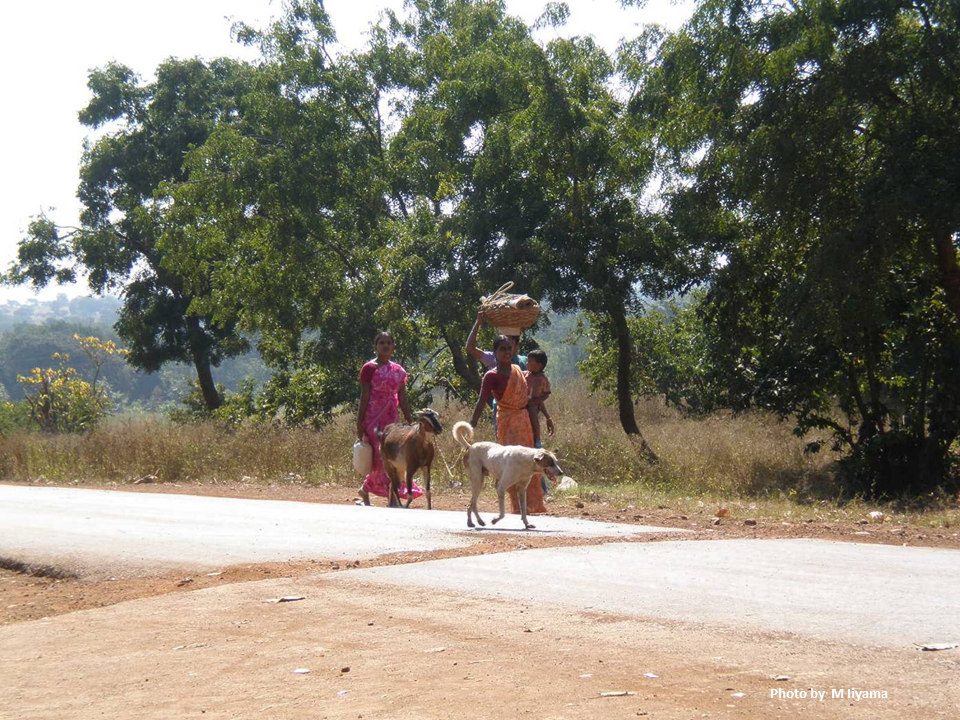Pick Up
1350. Systems Shift for Climate-Resilient Agriculture in South Asia

1350. Systems Shift for Climate-Resilient Agriculture in South Asia
South Asia is characterized by diverse landscapes, ranging from high mountains to tropical islands. As a result, the region is experiencing the full range of climate change impacts, from glacial outburst floods to heat waves, droughts, and fires. These diverse impacts, along with diverse social, economic, and cultural contexts, often mean that responses to a changing environment are unique to each region.
An editorial in Nature Climate Change presents pressing scientific challenges related to climate change mitigation and adaptation in the region from the perspective of local experts, arguing that strengthening communication between scientists and decision-makers, as well as collaboration among stakeholders and across borders, are key to addressing these challenges. This article highlights their perspectives on systems shifts that support climate-resilient agriculture.
Agricultural adaptive innovation is thriving in South Asia. Research findings from both the public and private sectors have been applied to real-world practices, including new stress-tolerant crop varieties, climate-adapted agricultural and irrigation techniques, digital innovations, agricultural machinery and storage solutions that enable rapid responses to climate stress, and innovative finance and insurance models. A key challenge now is how to design and manage systems-level shifts that underpin climate-resilient agricultural transformation to ensure sustainable food security in South Asia.
The "systems shifts" inherent in adaptive change are not well understood. For example, shifts to stress-tolerant crops and varieties trigger changes across the entire value chain, from seed suppliers and agricultural practices to knowledge systems. Such transitions are likely to have different impacts across regions, including through labor demands (quantity, timing, gender, and skills), soil requirements, planting sequences, crop-livestock interactions, financing models, market channels, off-farm labor options, and consumer acceptability.
High transaction costs in supply chains often limit access to stress-resilience technologies in climate-vulnerable regions, particularly in Bangladesh and Nepal, where farmers have limited capital. Furthermore, while digital climate services are widespread, challenges remain regarding the digital divide (lack of digital literacy and smartphone access) and forecast quality. Labor shortages, aging farm populations, indebtedness, and land fragmentation also hinder adaptive change. Finally, current financing models, which rely on unregulated finance and microfinance, may not foster resilient agriculture for smallholder farmers. While crop insurance is emerging in India, it remains dependent on government subsidies and is not economically viable on its own.
Current fragmented value chains and inadequate institutional engagement hinder locally driven adaptive change and threaten future food security in South Asia under increasing climate stress. Building a climate-resilient future requires the emergence of locally based institutional actors with the capacity to identify climate stresses, assess options, understand system-level impacts, resolve value chain disruptions, pilot adaptation measures, and generate resources to facilitate change. These actors need to promote adaptive change through farmer-to-farmer learning models and bridge the gap between farmers and innovation stakeholders.
(Reference)
Amjath-Babu, T.S., Anwar, N.H., Chanda, A. et al. Perspectives on climate change in South Asia. Nat. Clim. Chang. (2025). https://doi.org/10.1038/s41558-025-02442-7
Contributor: IIYAMA Miyuki, Information Program
